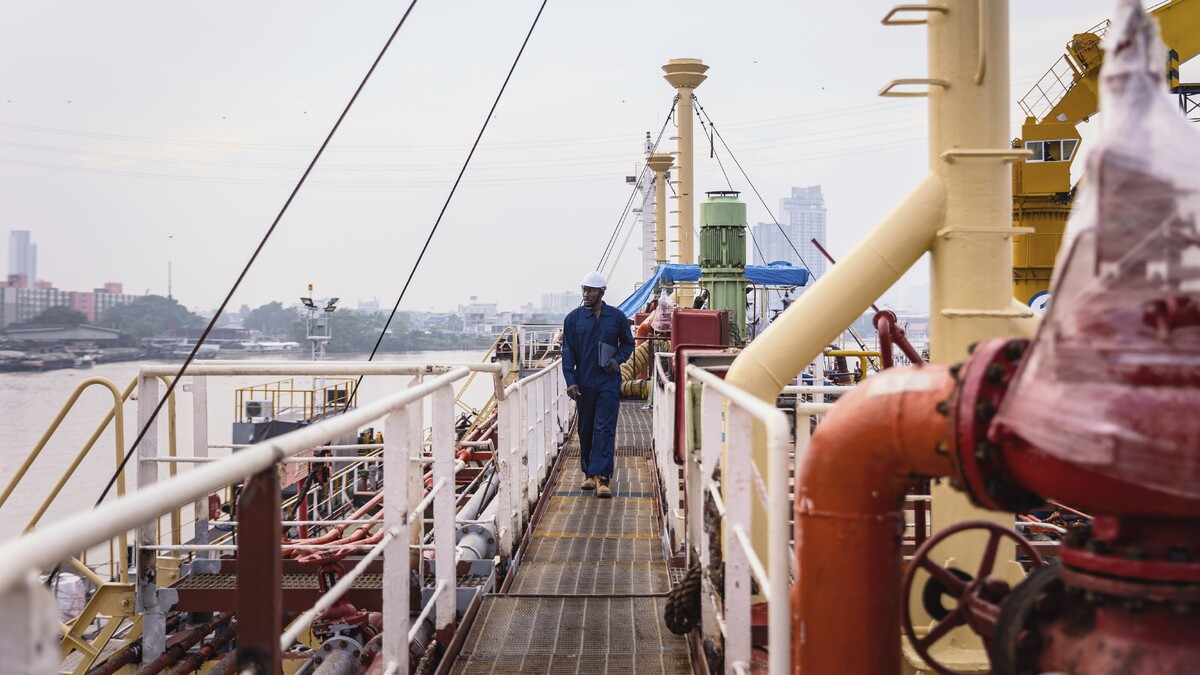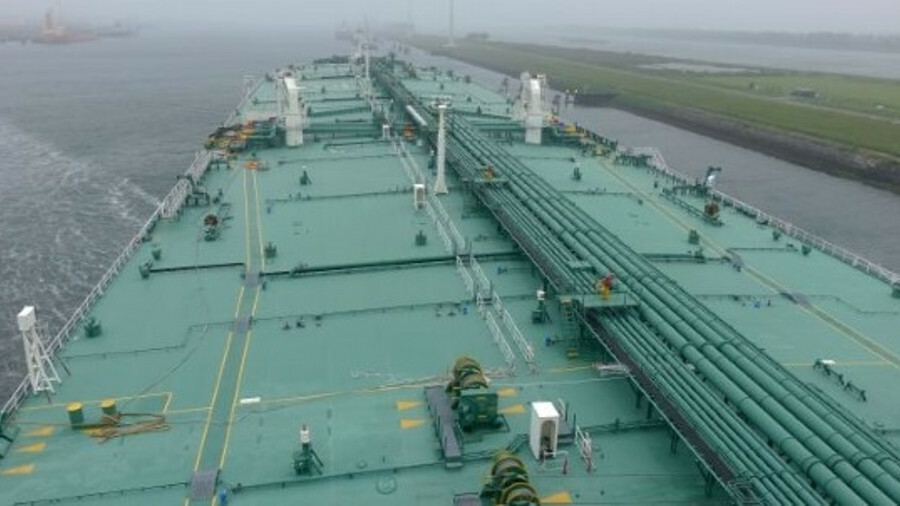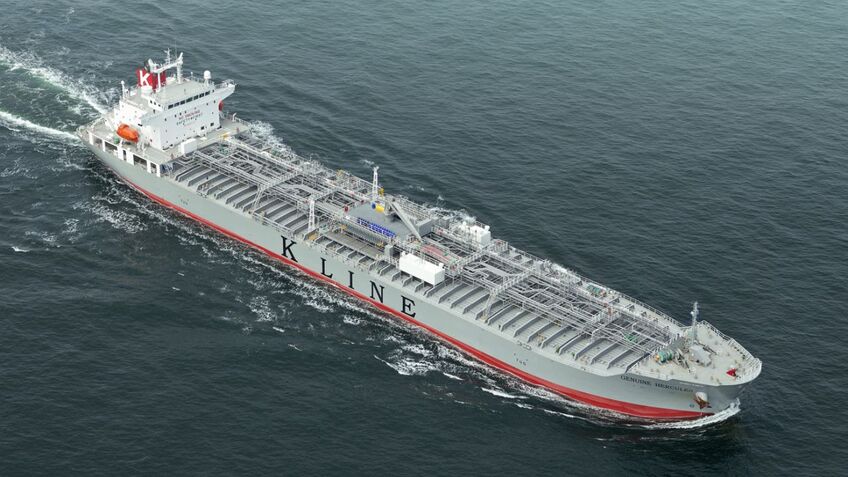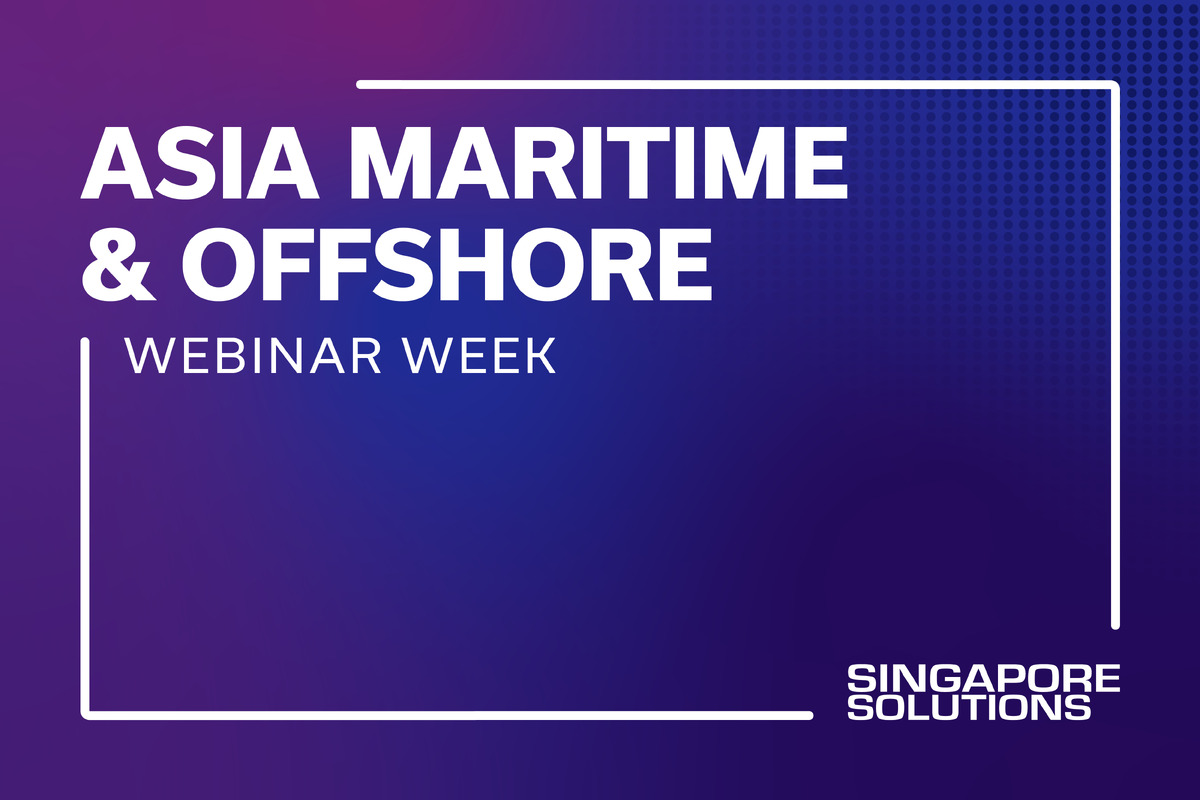Business Sectors
Contents
Beware of tidal streams when manoeuvring tankers at low speed
West of England P&I Club has analysed a claim where a tanker under pilot failed to complete a turn and struck the berth.
The tanker was on a routine voyage and was proceeding at sufficient speed to maintain the flow of water over the rudder for steerage while slow enough to keep the safety margin for watch keepers to react to objects or vessels in the way.
While the bridge was following these procedures it became apparent the tanker was not going to complete the turn and struck the berth perpendicular to the original course of travel.
West of England dissected the incident and noted the presence of a strong tidal stream perpendicular to the main channel.
The Club noted that the turning force available from the rudder at low speed was overcome by the force of the tidal stream acting on a substantial area of the submerged hull behind the pivot point of the tanker.
At rest the pivot point is usually amidships below the centre of gravity and moves forward as the vessel picks up speed but in this case the speed was not sufficient to move the pivot point forward while at the same time the tidal stream acting on the aft portion of the hull overcame the effort of the rudder, causing the tanker to become uncontrollable and strike the berth.
The Club recommended that while low-speed operation can give more time for watchkeepers to assess the navigational situation, when strong localised tidal streams or cross currents are in existence a higher speed may increase the effectiveness of the rudder and reduce the time the hull is exposed to the external water force – bearing in mind that operations must comply with any applicable speed limits imposed within harbour limits.
An alternative would be to use escort tugs.
Operational and technical issues impacting the crude, product and chemical tanker trades will be discussed at the Asian Tanker Conference in Singapore in February.
Related to this Story
Safe Bulkers reports improved carbon intensity and eyes 'green' technologies
Events
Reefer container market outlook: Trade disruption, demand shifts & the role of technology
Asia Maritime & Offshore Webinar Week 2025
Marine Lubricants Webinar Week 2025
CO2 Shipping & Terminals Conference 2025
© 2024 Riviera Maritime Media Ltd.














